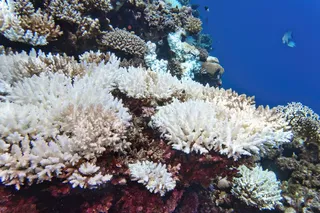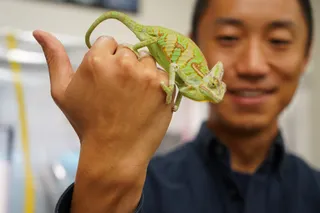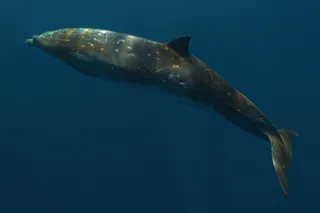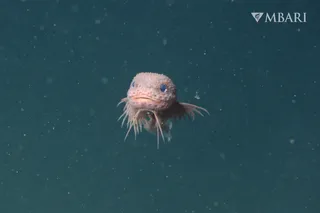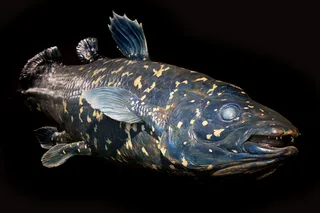This is the fourth in a series of posts reviewing last year’s stories, according to theme and topic. This one is about this year’s new species, both living and extinct.
8 ) T.rex the nose-loving tyrant leech king
It’s the new T.rex – a giant leech found in the nose of a 9-year-old Peruvian girl. After a headache that lasted for two weeks and a strange “sliding sensation” in her nose, doctors removed a seven-centimetre leech from the girl’s nose. It was named Tyrannobdella rex, or “tyrant leech king”. Most leeches are found on the skin, Tyrannobdella is a member of the praobdellid group, which have a disturbing propensity for entering human orifices. They have specialised at feeding on mucous membranes, such as those found in the nose, eye, vagina, anus and urethra.
7) Sanajeh, the snake the ate baby dinosaurs
Sanajeh indicus was discovered in an extraordinary position – ...


